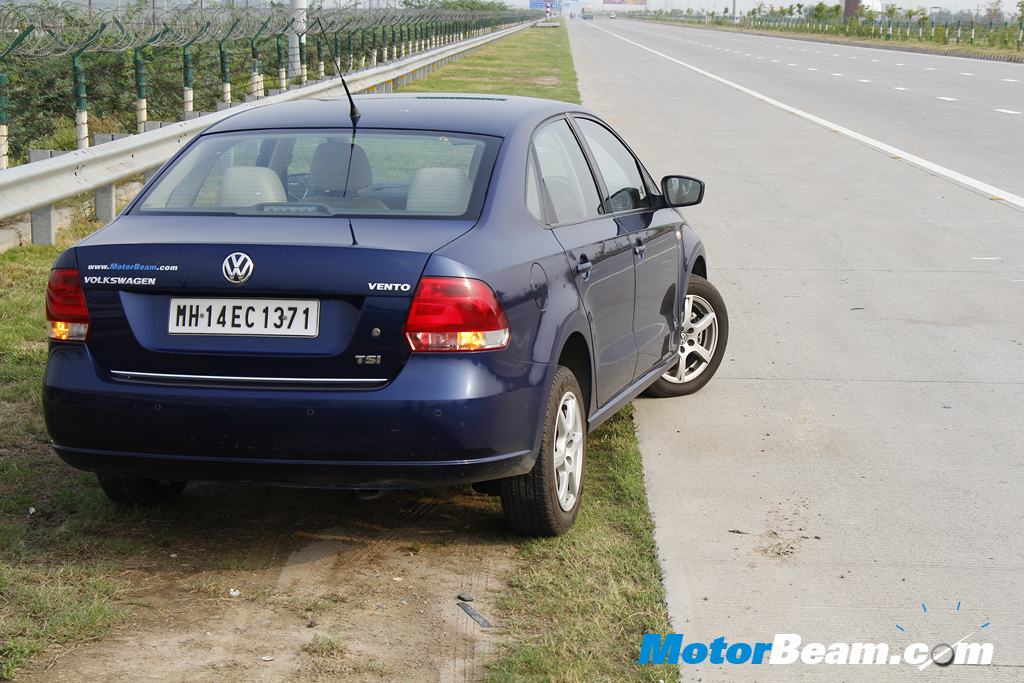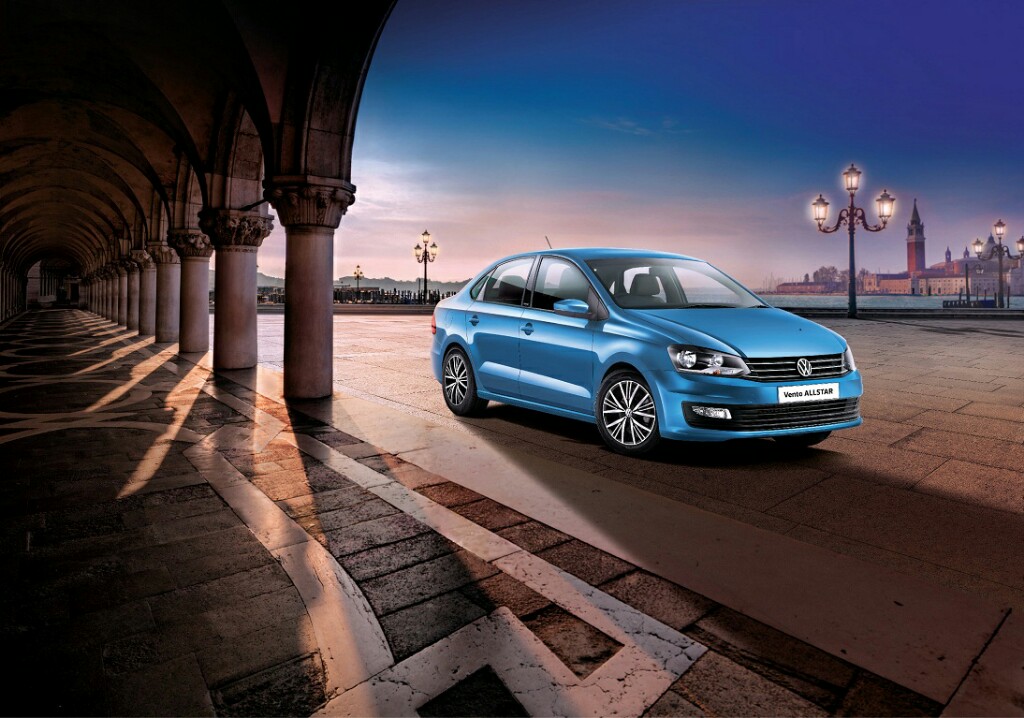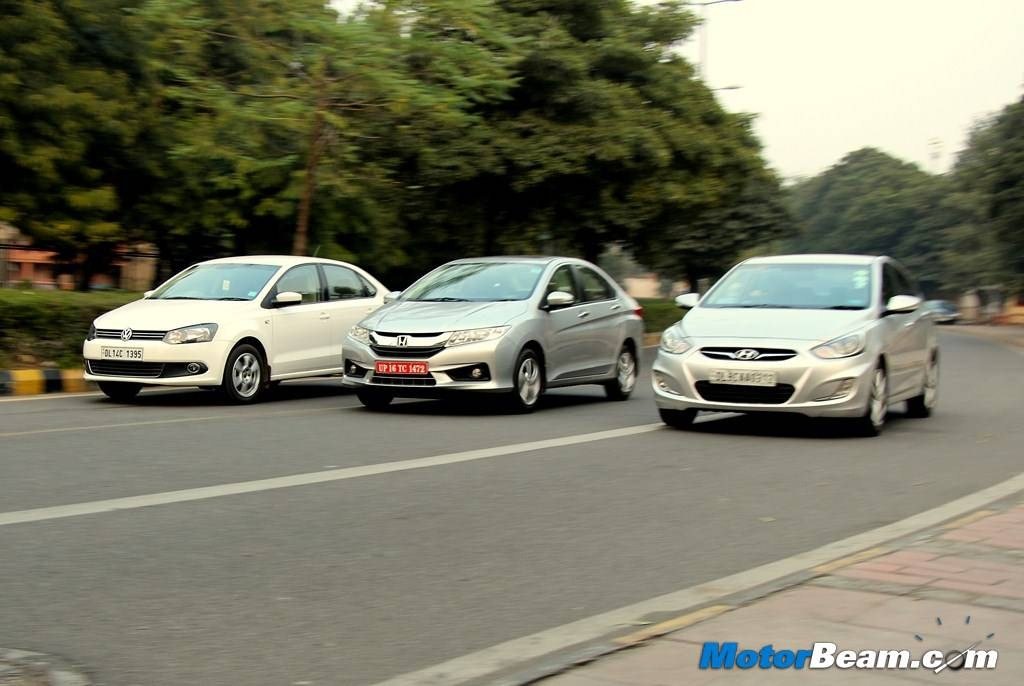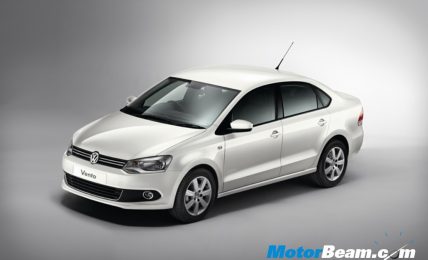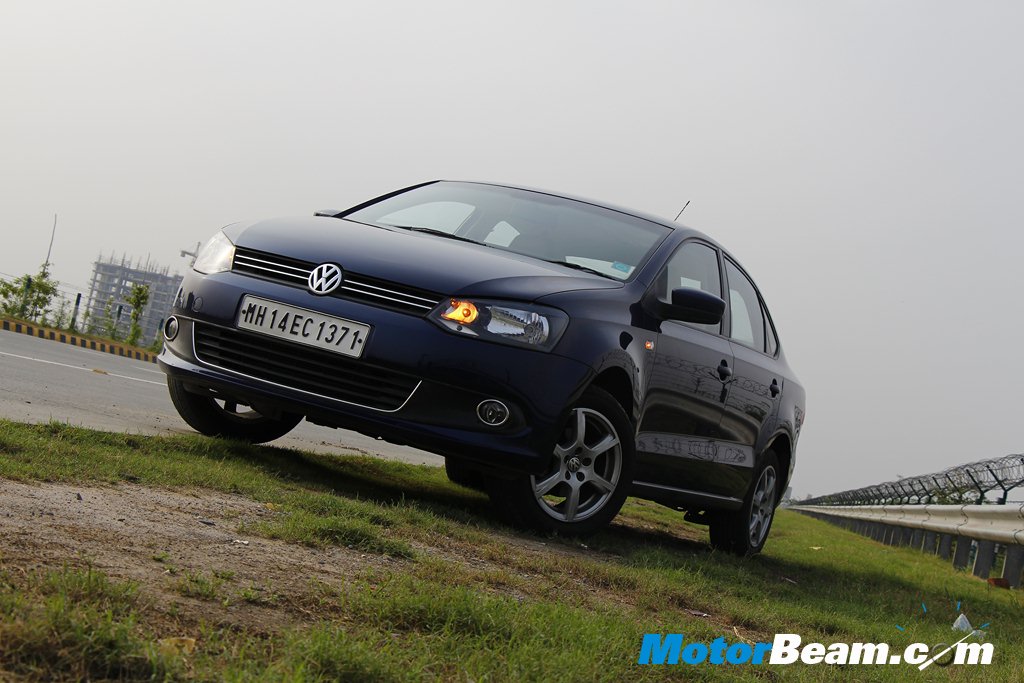
The Vento TSI is a befitting exemplar of engine downsizing in today’s day and age
Gone are the days when people boasted the engine capacities of their cars. Today, a 1.0-litre engine can scare the living daylights out of a 1.5-litre or even a 2.0-litre engine. Engine downsizing is an economical concept that significantly improves the fuel efficiency of the unit, provides power of a bigger capacity motor and reduces carbon emissions to a great extent. Consequently, naturally aspirated engines are getting slacked off by carmakers these days. Forced induction devices (turbochargers and superchargers) play a major role in downsizing. Along with direct injection technology, turbochargers and superchargers boost the performance of the engine. Unlike carburettors, fuel injection system atomises fuel better and hence you get optimum fuel efficiency.
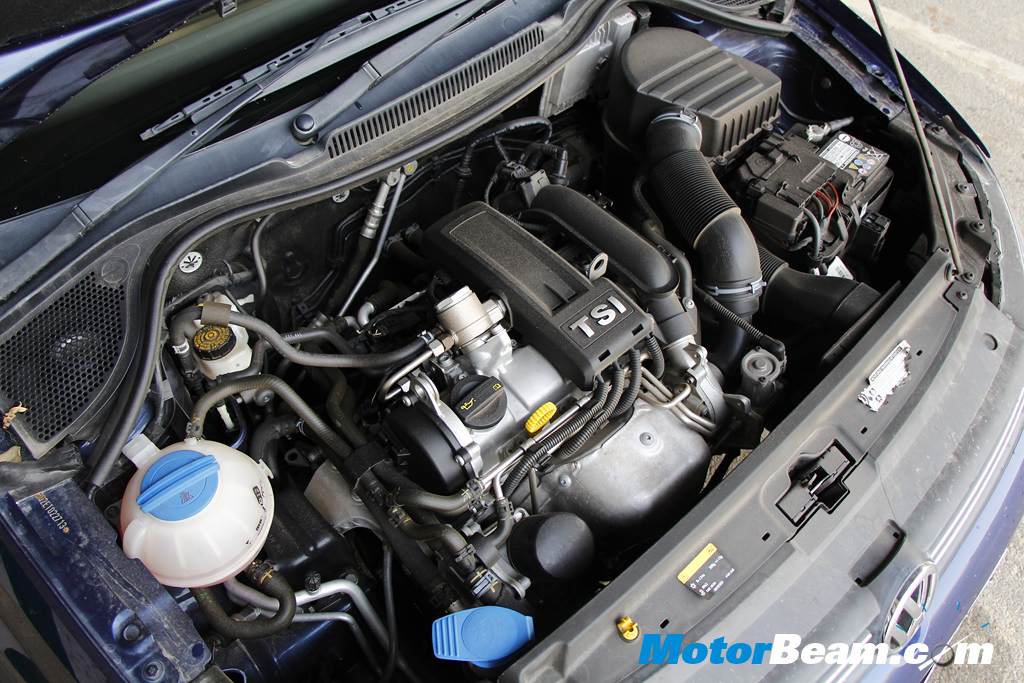
Downsizing is in vogue and we have a perfect example of it with us, the Volkswagen Vento TSI. Initially, Volkswagen introduced the Vento with a 1.6-litre petrol engine, mated to a 6-speed automatic torque converter transmission. Now it is replaced by the 1.2-litre TSI turbocharged petrol engine, mated to a 7-speed DSG (dual-clutch) transmission, which is a bomb of a combination that is much more fun to drive and eager to redline compared to the previous version. Let’s talk numbers now to give you a sense of what downsizing is all about. The 1.6-litre naturally aspirated petrol engine produces 105 PS of power at 5250 RPM with 153 Nm of peak torque at 3800 RPM and Volkswagen claims 14.4 km/l of fuel efficiency for this unit. Now despite the reduction of 400cc, the 1.2-litre direct injection turbo petrol produces the same 105 PS of power at a lower 5000 RPM and 175 Nm of peak torque at a lower and wider rev band of 1500-4100 RPM. For the Vento TSI, Volkswagen claims a better 16.93 km/l of fuel efficiency, thanks to the lower capacity unit and DSG transmission that sips very less fuel and loses no power while shifting gears within milliseconds.
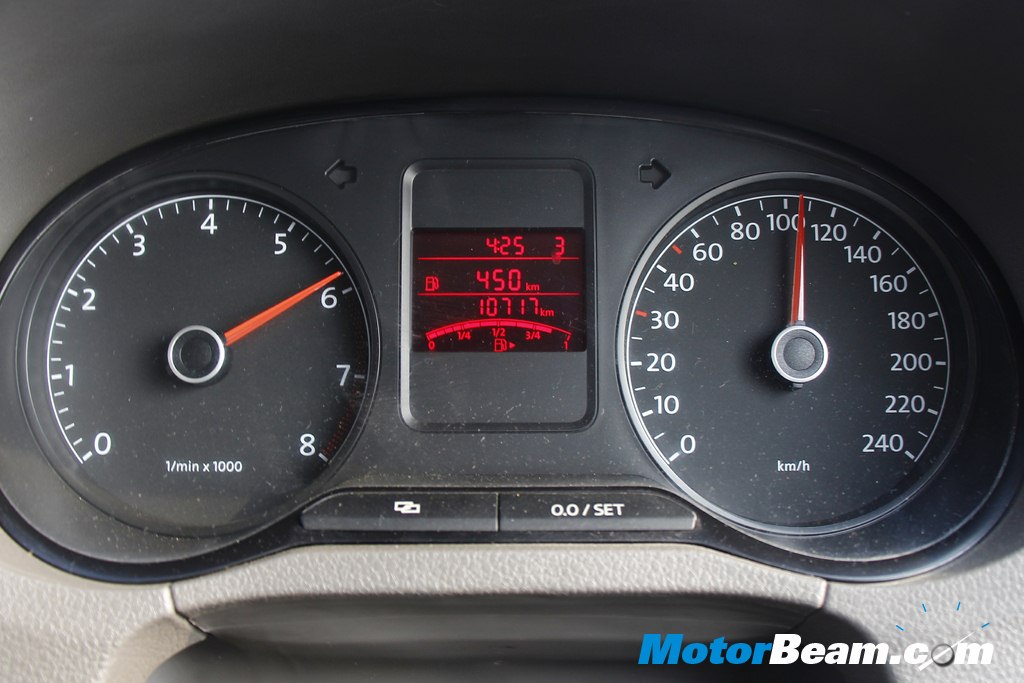
The Vento TSI just nudges forward while redlining with a hint of turbo whistle on song
So how is the lower capacity TSI engine more fun to drive you ask? The turbocharger is a turbine-driven device that shoves the air with a strong force into the combustion chamber, which generates a boost from certain RPM that gives a wider band of torque compared to a non-turbo engine. Hence, with the torque kicking in at lower RPM, you get a nice thrust and the car pulls relentlessly to the redline, pumping your adrenaline. Also, the DSG transmission shifts gears so quickly that the tachometer seems like it’s dancing between numbers. Otherwise in a torque converter you tend to lose power while shifting and it spoils the fun (hence known as a slushbox) that also increases fuel consumption. With a lower capacity engine, there is an additional advantage of weight saving that makes the car nimble and light to drive.
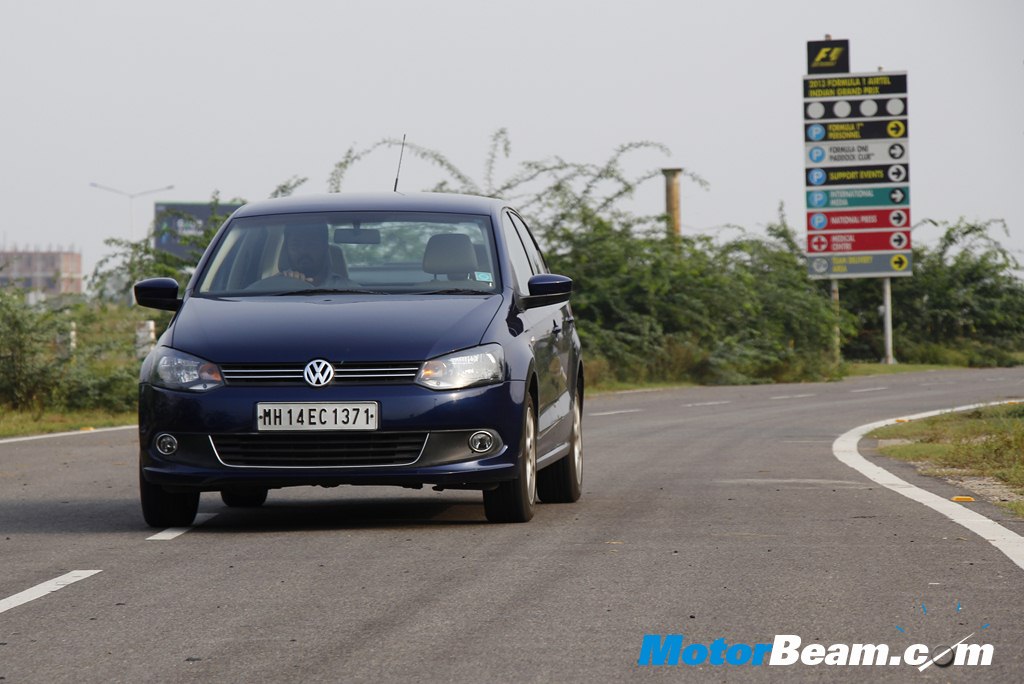
All the inspiration of downsizing for road going cars comes from Formula One. Many purists are cribbing that the naturally aspirated engines are slowly dying and they are not quite fond of the downsizing theory. Enthusiasts are also dejected by the usage of electric power assisted steering units replacing hydraulic steering, which is a part of downsizing as it improves fuel efficiency. However, the fact is that we should live in the future and there’s not much in downsizing that robs the fun of enthusiasts. Even the highest class of single-seat auto racing (F1) is adopting downsizing then why not the masses. The 2014 season gets one of the biggest changes in F1 norms. Now F1 cars also use turbocharged engines replacing 2.4-litre naturally-aspirated V8 engines with 1.6-litre V6 turbo engines. The gearbox also gets 8 ratios compared to the previous 7 for better fuel economy. FIA is also promoting fuel efficiency by limiting fuel use to 100 kgs per race.
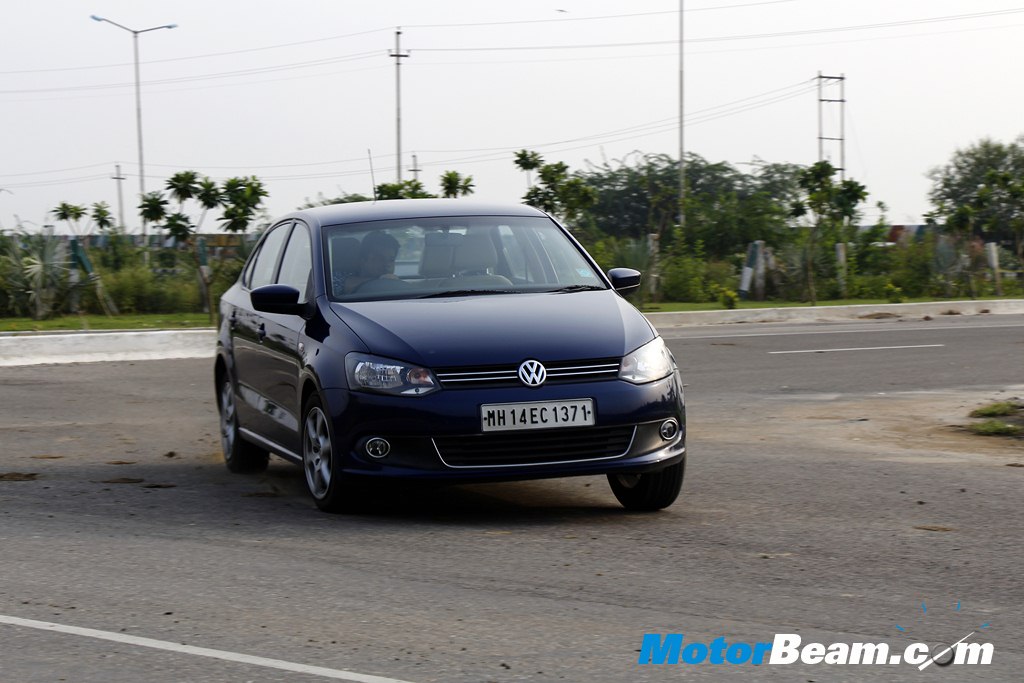
Downsizing has changed the perception of cars, many people have adopted but purists are yet to join
It is not only about forced induction but there are some other aspects that make a car more economical and practical with downsizing. For instance, we did a shootout recently between the Toyota Fortuner, SsangYong Rexton and Hyundai Santa Fe. The Fortuner has the biggest capacity diesel engine of 3.0-litres, while the Rexton has a 2.7-litre 5-cylinder oil burner and the Santa Fe with the lowest capacity of 2.2-litres. Despite the lowest engine capacity, the Hyundai Santa Fe came out to be the most powerful and fastest SUV in the shootout that returns a class leading 14.74 km/l of fuel efficiency. With a light body and slightly lower stance, the Santa Fe also impressed us with its dynamics and drivability.
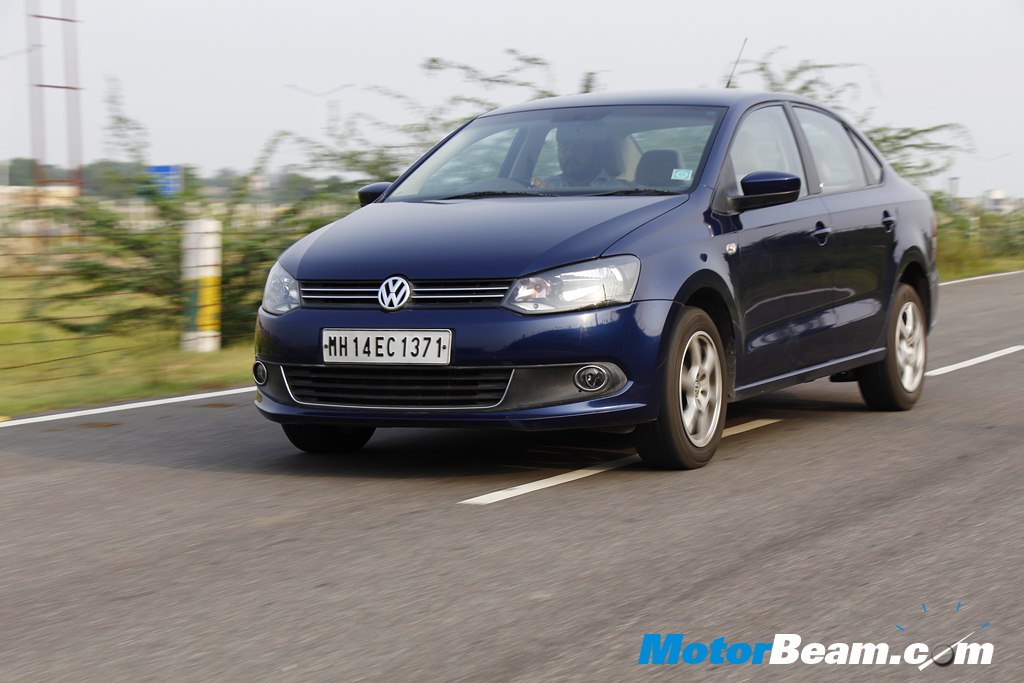
Nowadays size of the engine doesn’t matter much just like the concept of megapixels in a digital camera or a phone. The iPhone has 8 MP camera, which still performs much better than many 12+ MP cameras because of the fact that processing is better and sensors are hi-tech. Similarly, having a bigger capacity engine is as useless as ‘ay’ in the word ‘Okay’. All that matters is power-to-weight ratio, wide torque curve, weight saving, fuel efficiency and optimum performance. How can we forget the additional benefits of downsized engines in India? Our government norms also endorse downsizing by giving excise duty cuts to cars having engines up to 1.2-litre (petrol) and 1.5-litre (diesel). Volkswagen has nailed it by introducing the powerful 1.2-litre TSI petrol engine in their lineup and revising the 1.6-litre diesel to 1.5-litres with different states of tune. The future is here, the future is downsizing and being more efficient without compromising on performance or fun.
